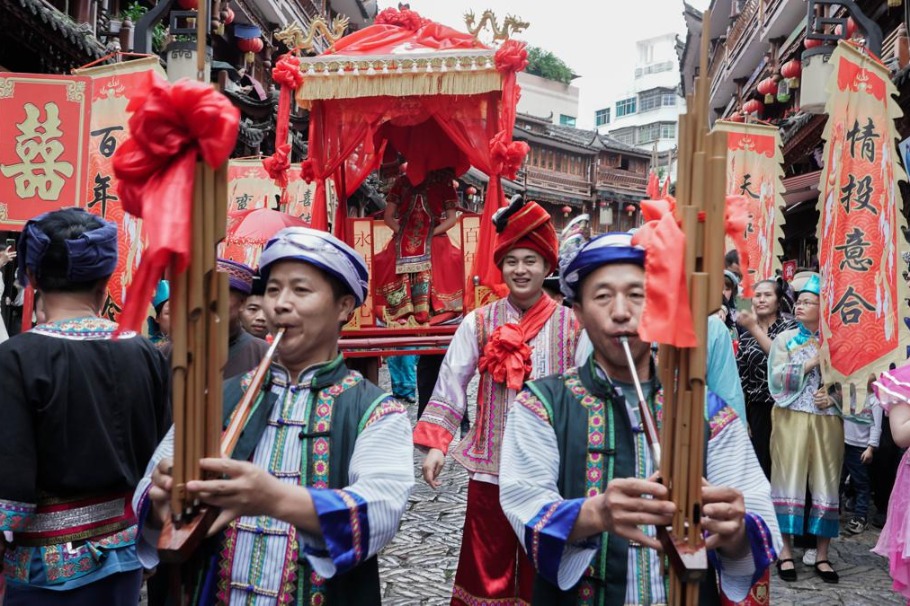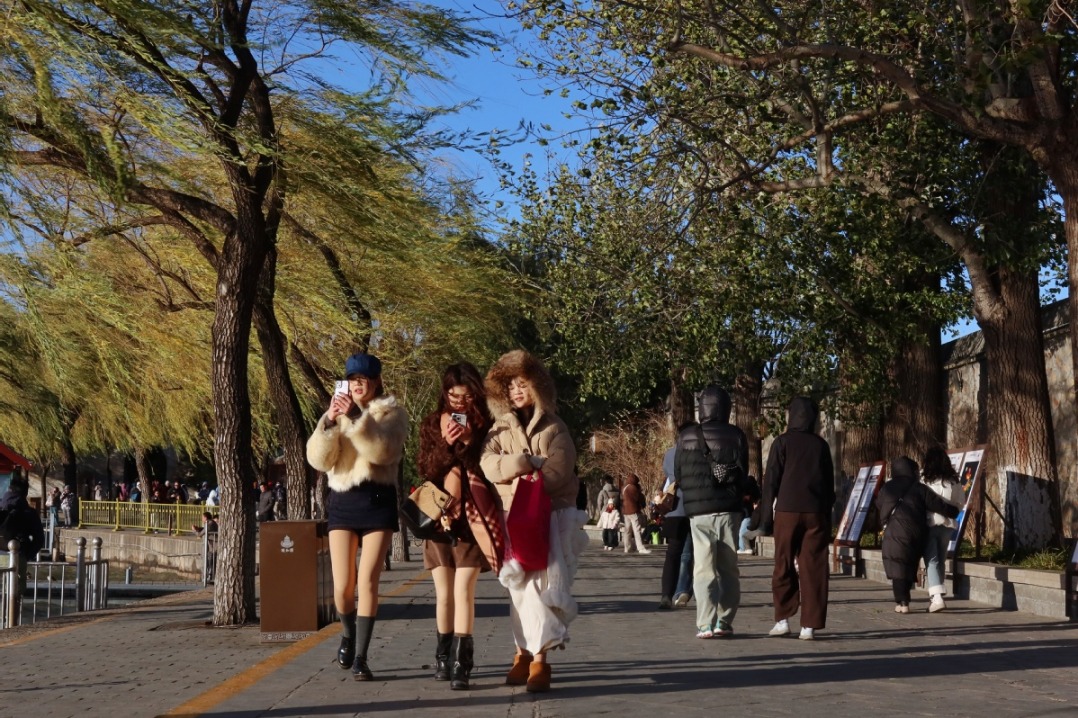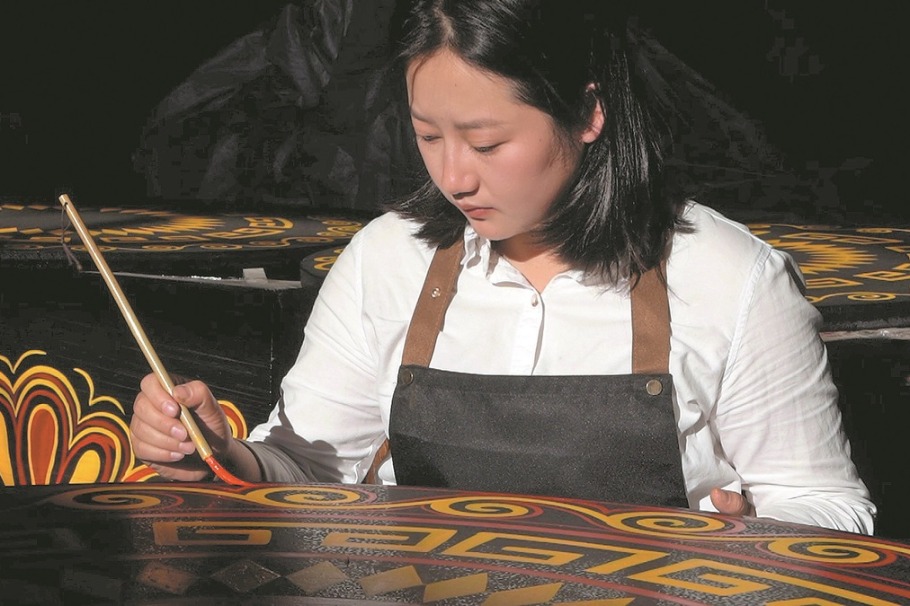Liulihe site to be 'next heritage project'

The deputy head of Beijing's cultural heritage bureau has announced that the Liulihe archaeological site in the capital's Fangshan district will be the city's "next World Heritage project".
Chu Jianhao, deputy director of the bureau, said at a news conference on Oct 29, that the Liulihe site, the largest and most extensively excavated Western Zhou Dynasty (c.11th century-771 BC) feudal site in China, would take its cues from the capital's Central Axis.
Beijing's Central Axis was recognized as a UNESCO World Heritage Site on July 24 last year, following over a decade of preparation.
Chu said the efforts made at Liulihe so far have widely borrowed the experience of the protection of the Central Axis, in particular, in its efforts to apply for the World Cultural Heritage status.
He added that researchers are using technologies such as big data and digital twins to optimize their work.
"By creating a digital twin of the Central Axis, we built a comprehensive spatial data framework for the protection, monitoring and use of heritage elements along the route," Chu said.
In collaboration with internet companies, the development of a Digital Central Axis has set a precedent for the full integration of digital technology in the process of cultural heritage protection and World Heritage applications.
In 2021, the city established a dedicated task force for the construction of the Liulihe National Archaeological Site Park.
The protection plan for the Liulihe site has been announced and implemented, Chu said, and the archaeological site park plan has received approval from the National Cultural Heritage Administration.
"Ongoing archaeological excavations have led to a series of major breakthroughs," he added.
The inscription "Tai Bao Yong Yan", found in the 2021 excavation, provides concrete evidence of Beijing's over 3,000-year history as a city.
Using precise whole-genome sequencing, researchers have for the first time in China reconstructed a family tree from the time of the Shang (c. 16th century-11th century BC) and Zhou (c.11th century-256 BC) dynasties.
This represents a significant breakthrough in studying the familial relationships and social structures of the Western Zhou Yan state, and was selected as one of the "top 10 archaeological discoveries in China for 2024".
Efforts to research its value are actively underway, and the site has been successfully placed on a tentative list for World Cultural Heritage in China. Preparatory work for its nomination is being comprehensively advanced, Chu said.
yangcheng@chinadaily.com.cn
- Liulihe site to be 'next heritage project'
- Circus festival keeps pace with the times
- Exercise of police powers to be monitored to help enforcement
- Xizang wind farm with largest single-capacity turbines connected to grid
- Snow leopard being restored to Helan Mountains
- Legal efforts bolstered to protect wild birds





































